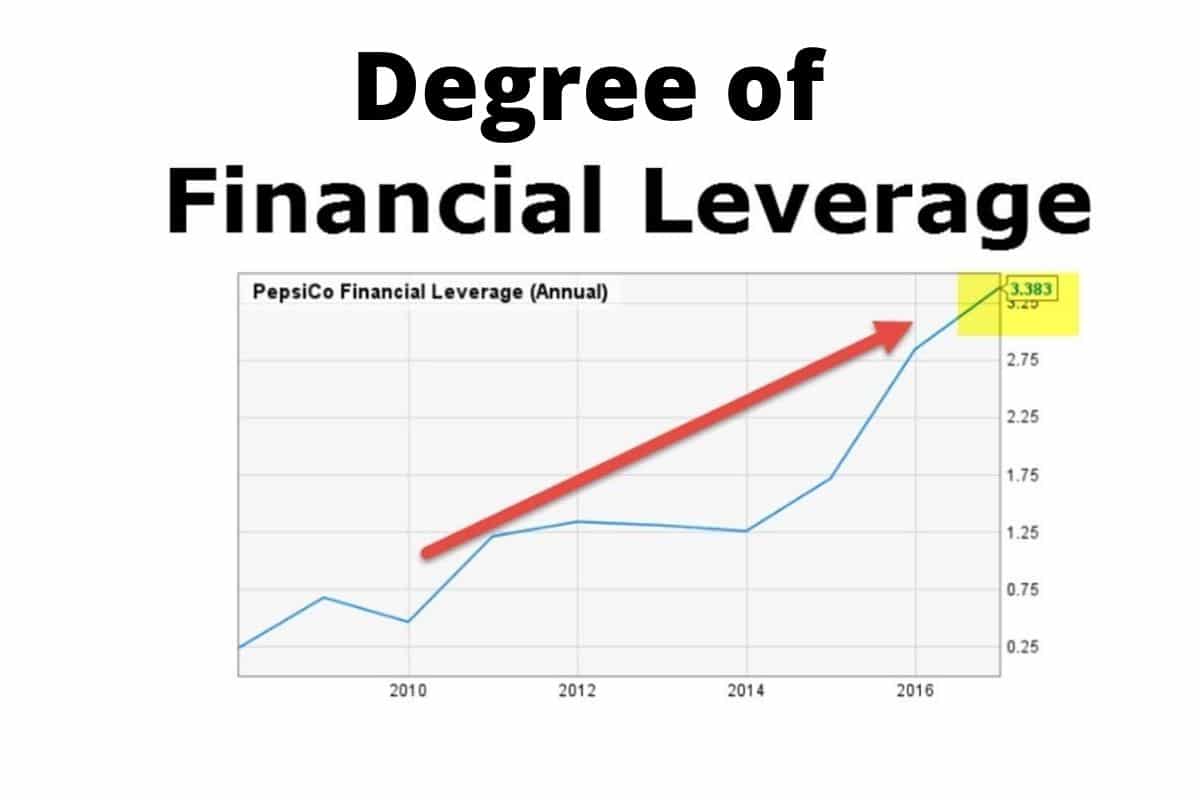Goodwill accounting is an important component of business acquisitions and is routinely tested as part of the Financial Reporting exam, which has its own formula for calculation. The goodwill accounting example comes into play when one entity gains control over another and is recorded as an asset in the consolidated statement of financial position. How to calculate goodwill accounting will be further explained in this article.
What Is Goodwill Accounting?
In accounting, goodwill is an intangible asset. According to the International Financial Reporting Standards (IFRS), intangible assets are non-monetary assets that lack physical substance. When a company is looking to acquire another company and is willing to pay a price premium above the fair market value of the company’s net assets, the concept of goodwill comes into play.
A company’s good reputation, loyal customer or client base, brand identity, recognition, especially among a skillful workforce, and proprietary technology are the factors that a company pays extra for or that represent goodwill. These are, in fact, valuable assets for a business. They are not, however, tangible (physiological) investments, and you can’t measure their exact value.
Goodwill accounting is the act of valuing and documenting intangible assets such as a company’s reputation, customer base, and brand identity. As a result, goodwill accounting refers to the act of assessing and reporting the value of an intangible asset that is part of a company’s worth. The purchase price of many established businesses often exceeds book value. Primarily the real worth of intangible resources such as existing customers, brand recognition, copyrights, and patents.
The US GAAP and IFRS Standards
IFRS Guidelines International Financial Reporting Standards (IFRS) are a collection of accounting regulations that control the reporting of financial transactions and the recording of other accounting events. They are trying to regain financial credibility. Goodwill does not need amortization because it is an intangible asset with infinite life. It must, however, state the purpose of impairment, and only private firms can choose to amortize goodwill over a 10-year period.
Goodwill is an acquired intangible asset that can have an impact on earnings if its value declines. The Financial Accounting Standards Board (FASB) is seeking input on whether to change the following accounting of goodwill and other acquired intangible assets for publicly traded companies.
The International Accounting Standards Board (IASB) is also thinking about enhancing goodwill disclosure of information. But it wants to keep the same reporting rules. Here are the specifics. When selling or merging a business, goodwill refers to the intangible assets that demonstrate the excess sales price over the fair market value purchased during a firm’s purchase.
Understanding the Basics of Goodwill Accounting
Goodwill is the excess payment from a buyer above the fair market value of a company or asset. It’s an intangible asset that links to things like customer loyalty or the reputation of a potential business. To assess the value of goodwill, the fair value of physical assets places capital investments, and liabilities in the transaction and removes them from the cost of buying a firm.
Investors care about goodwill because it allows them to observe how a purchase performs over time. Public corporations that record goodwill on their balance sheet are unable to incur additional charges under US GAAP. Instead, they must test for goodwill impairment at least once a year.
When a triggering event occurs that potentially reduces the value of goodwill, you need to conduct testing. The loss of a key customer, unexpected competition, or negative cash flows from operations are all examples of triggering events. Impairment can also occur if a stock market or economic slump occurs after an acquisition.
Impairment write-downs lower the balance sheet‘s carrying value of goodwill. They also have a negative impact on earnings reported on the income statement. Goodwill and impairment, on the other hand, are accounting terms that don’t often translate well to investors. There are substantial discrepancies in how investors and accountants see the problem.
Goodwill Accounting as an Intangible Asset
Goodwill is an immeasurable value that you cannot lay your hands on. There are several intangible assets, including the following:
- Business identity
- Reputation in business
- Permits and licensing
- Copyrights
- Patents
- Names of domains
- Talent
For example, when a company buys another company, goodwill accounting is commonly used for the appraisal process. Goodwill is an intangible asset that has no physical presence yet adds value to the business and the formula helps in the proper calculation.
Despite the fact that goodwill accounting doesn’t normally include the cost of acquiring a corporation, you must report this in your company’s general ledger at any time. This is when the cost of buying a corporation using its formula is higher than the fair value of its assets and liabilities. When one company buys another, it acquires the intangible asset known as goodwill.
Goodwill accounting entails a straightforward calculation to determine how much you need to document goodwill. Immediately after purchasing another business, enter this information into your accounting software to verify that your financial statements are accurate and reflect the correct amount of goodwill.
Read Also: TANGIBLE ASSETS: Meaning, Examples & Comparison
Why Is Goodwill Accounting Important?
A high goodwill value, in the seller’s opinion, indicates that the buyer recognized a lot of excess intangible value in the business. A substantial goodwill value, on the other hand, could be a red flag to investors from the buyer’s perspective.
Let’s say, for example, you have a goodwill accounting inefficient. The difference between your company’s fair value and carrying value really starts to matter. An inefficient indicates that a company’s acquisition estimates have been severe. This reduces and it’s something investors shouldn’t take lightly. A considerable negative event for the future of a company’s business will occur when you damage goodwill.
The gap between a company’s sales price and its book value is approximately a goodwill accounting example. You can complete the calculation of goodwill accounting, which is best under the control of an accountant rather than a bookkeeper.
How Is Goodwill Accounting Different From Other Intangibles?
While the terms “goodwill” and “intangible assets” are frequently used interchangeably, there are substantial accounting differences between the two.
Intangible assets are non-physical yet identifiable assets. Copyrights, patents, license agreements, and website domain names are all examples of proprietary technology that investors can consider. Although these aren’t tangible items, you can as well estimate the value of the company. However, you can separately purchase and sell Intangible assets from the business.
Goodwill, on the other hand, is more of a catch-all category. which is for intangible assets that are difficult to quantify or establish independently. Customer loyalty, brand equity, name and brand recognition, and corporate reputation are all instances of goodwill. This makes a corporation worth more than its book value or quantifiable assets.
You can continually highlight the company’s research and development, innovation, and management team experiences as well. You can’t purchase, sell, and transfer because goodwill can’t exist in isolation from the business. It is impossible to link to the firm, unlike most other intangible assets such as licenses and patents, which you can sell and purchase independently.
What Is the Concept of Negative Goodwill?
The majority of the time, a company sells for more than its net real assets; the difference is due to goodwill. Negative goodwill occurs when the amount paid is less than the real value of the company’s net tangible assets. This is unusual, and it usually indicates a distressed sale in a time of economic turmoil or rapid industry disruption.
One example is Lloyds TSB’s 2009 acquisition of Bank of Scotland’s holding company for a fraction of its net asset value. It results in a loss of about GBP 11 billion in goodwill, which adds to Lloyd’s capital base and net income for that year. On paper, this made Lloyd’s appear much more powerful than it actually was at the time.
What Is the Benefit of Having a Goodwill Accounting Expert?
When two companies combine or acquire each other, goodwill appears on their balance sheets. This field’s specialists particularly have an interest in estimating goodwill, amortizing intangible assets, and measuring profits. They’re also necessary for preparing financial statement presentations for businesses.
At Paro, most companies use their unique technology to help companies solve financial challenges. Also, develop by assembling flexible, targeted teams of remote specialists. We swiftly locate specialists around the United States who have the ideal combination of skills, qualifications, and experience. The experience to meet each company’s unique objectives is to fill out the form to request a consultation. Therefore, this makes you one step closer to getting the help you need to examine how you manage goodwill.
What Is the Goodwill Accounting Formula?
Goodwill accounting Formula
Consideration paid + Fair value of non-controlling interests + Fair value of previous equity interests – Fair value of net assets recognized.
The goodwill accounting formula is used in the calculation of intangible assets when a firm plans to purchase another company and is ready to pay a price that is much greater than the fair market value of the company’s net assets. In a nutshell, goodwill is the difference between a company’s purchase price and its fair market value of identified assets and liabilities.
Add the consideration paid, the fair value of non-controlling interests and the fair value of previous equity holdings to arrive at the goodwill calculation. The calculation procedure for the goodwill accounting formula is as follows.
Goodwill Accounting Calculation Process
With the formula above you can calculate the goodwill accounting with the following steps:
- First, figure out how much money the item sells for the seller, which is included in the deal contract. For example, stocks, cash, or payment-in-kind may be used to pay the consideration. A suitable valuation technique or the share-based payment mechanism is in use simply to value the consideration.
- Next, determine the fair value of the acquired company’s non-controlling stake. A subsidiary’s share of equity ownership is not attributable to the parent business.
- Determine the fair market value of the preceding interests’ equity.
- Determine the fair market value of the acquired company’s net assets. It is the difference between the fair value of assets and liabilities. It’s right there on the balance sheet.]
Finally, as illustrated below, the goodwill equation is calculated by combining the consideration paid (step 1), non-controlling interests (step 2), and the fair value of previous equity holdings (step 3), then subtracting the company’s net assets (step 4).
The fair value of net assets recognized + consideration paid + fair value of non-controlling interests + fair value of previous equity holdings
Goodwill Accounting Example
Let’s consider the following example of goodwill accounting for a clear understanding.
Assume that Company A’s entire book value is $3 million. If Firm B pays $5 million for all of Company A’s shares, Company B will have paid $2 million in total goodwill for the opportunity of owning the company. If Company A’s stock had a book value of $150 and Company B paid $250 for it, then Company B paid $100 in goodwill for each share.
Company B must account for the goodwill it paid for the purchase of Company A on its balance sheet. On its balance sheet, it will split this sum from the stock’s acquisition price. In most cases, $150 of each stock’s purchase price is recorded as “book value,” and the remaining $100 as “goodwill.” The book and goodwill values will appear in a similar form on Company A’s final balance sheet.
Why is goodwill an asset?
Goodwill is both a capital asset and an intangible asset. The amount paid over book value that one business pays to acquire another is referred to as “goodwill value.” Goodwill is regarded as a capital asset because it generates revenue on a continuous basis for a duration longer than one year.
Is goodwill a debt or equity?
If there has been an acquisition, goodwill is revealed in the financial accounts. It is determined by subtracting the equity acquisition price from the total of the acquired identified net assets (or shareholders’ equity).
How do you record goodwill?
On the balance sheet of the acquiring company, goodwill is listed as an intangible asset under the long-term assets category. Because goodwill is not a physical asset like real estate or machinery, it is referred to as an intangible (or non-current) asset.
Is goodwill a revenue or expense?
Goodwill is viewed as an impairment expense, which lowers the company’s net profits.
Is goodwill a credit or debit?
An example of an intangible fixed asset is goodwill, which is shown under fixed assets on the balance sheet. Since it is an asset for the corporate entity, such an item will always have a debit balance.
FAQs
Why goodwill is an asset?
It is an asset because supplies a steady revenue generation benefit for a period that prolongs beyond one year.
Is goodwill a capital gain?
Goodwill is commonly a business asset, but recent tax court decisions suggest that goodwill can be a personal asset, thereby allowing the sale of goodwill to be regarded as a capital gain.
Is goodwill an expense in accounting?
Goodwill is recorded as an intangible asset and assessed sometimes for any possible impairment in value.
Related Articles
- INTANGIBLE ASSETS: What are Intangible Assets? (+ Accounting Examples)
- Intangible Property: What Is Intangible Property (+ Practical Examples)
- TANGIBLE ASSETS: Meaning, Examples & Comparison
- FAIR MARKET VALUE: How Fair Market Value Is Calculated
- FAIR VALUE ACCOUNTING: Definition & Benefits of Fair Value Accounting
- SEMI MONTHLY PAY: Difference, Benefits & How to Calculate






